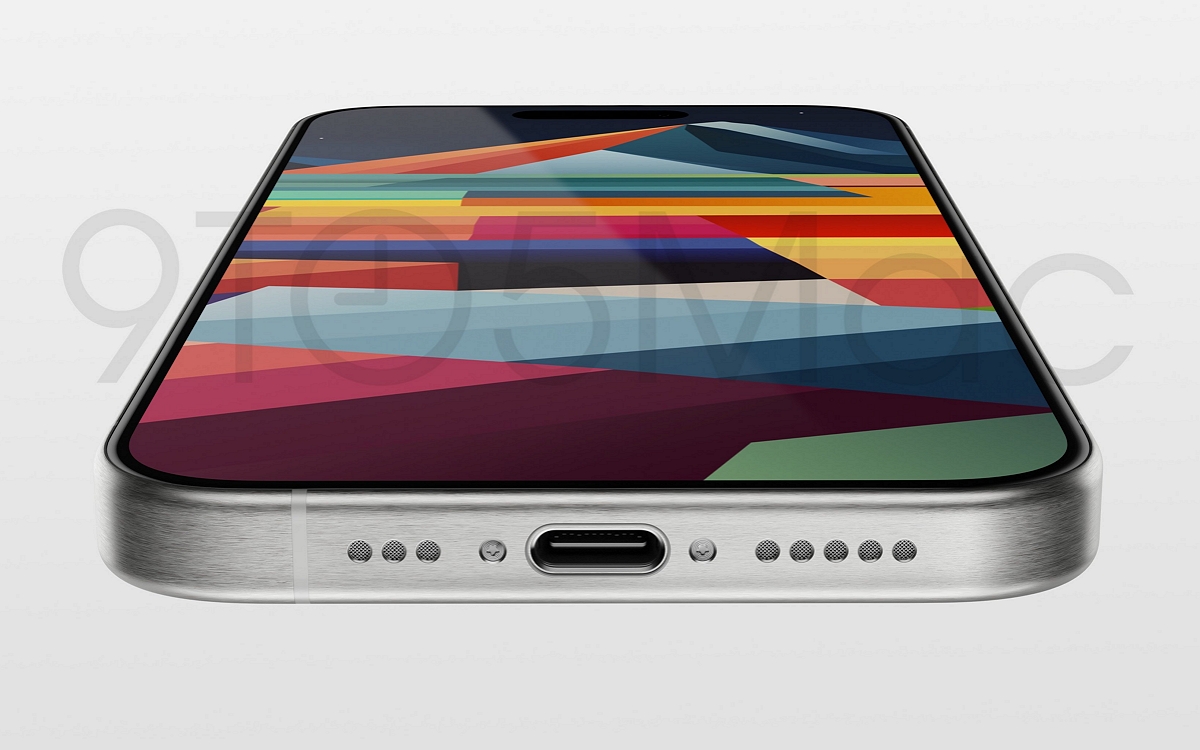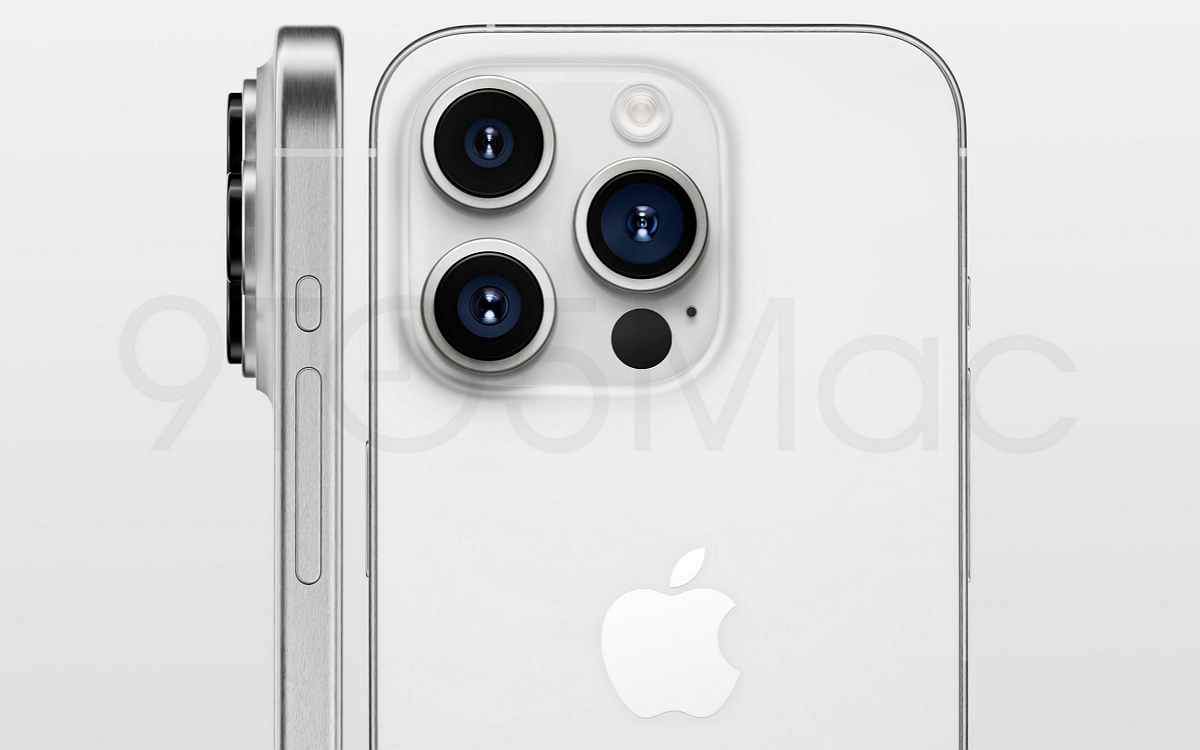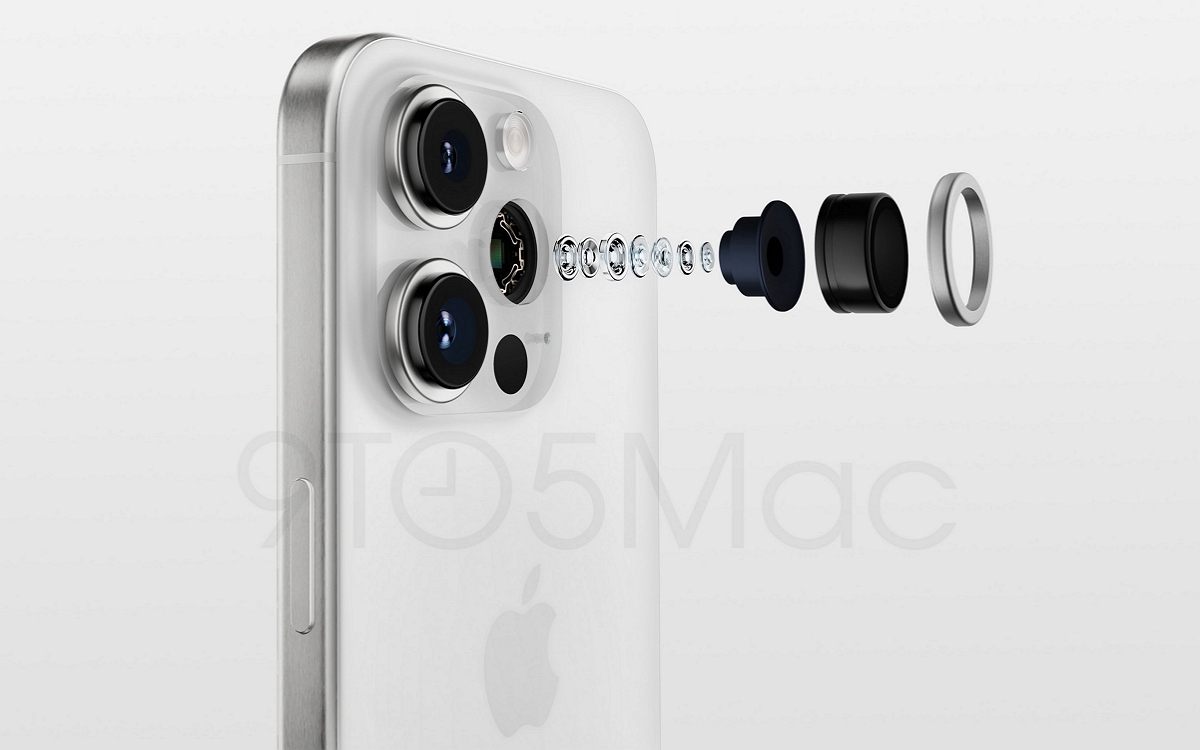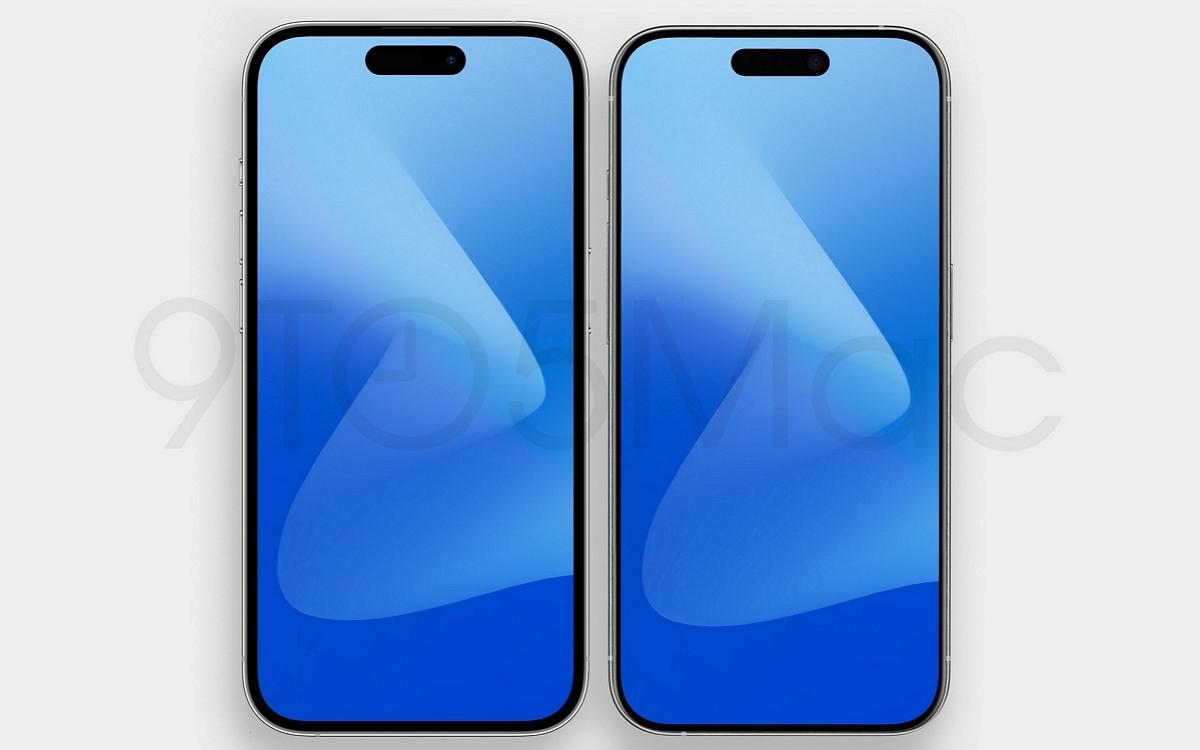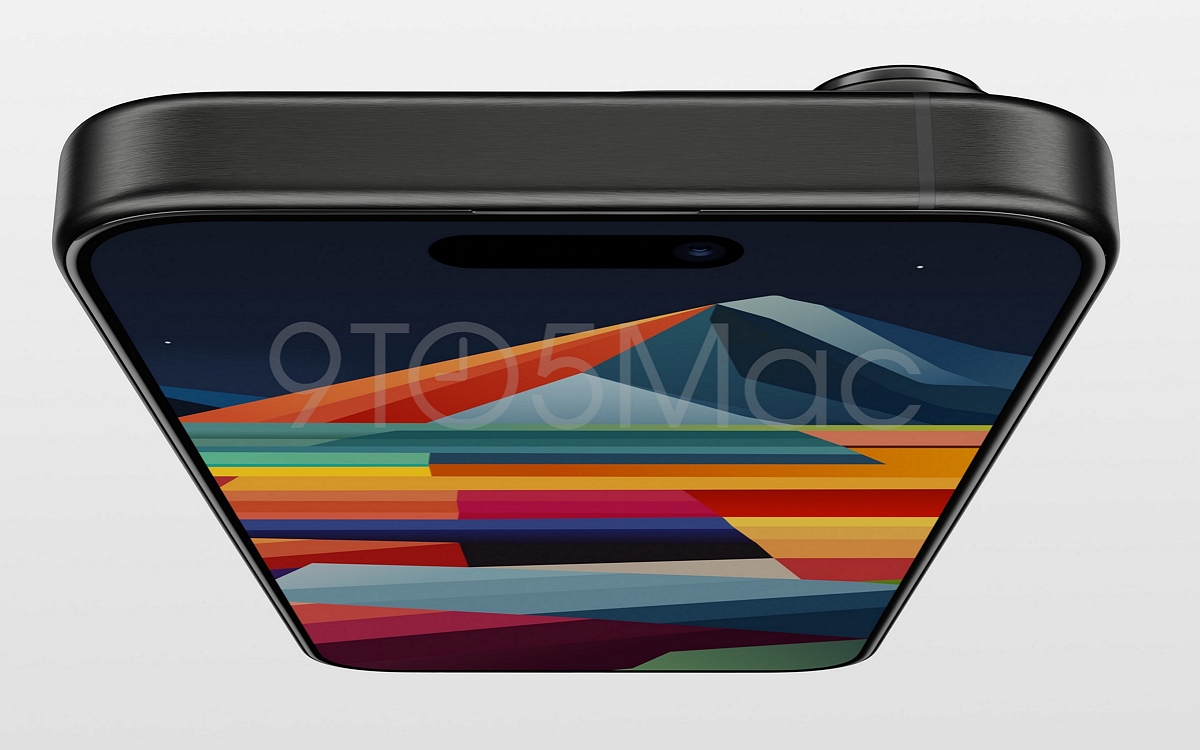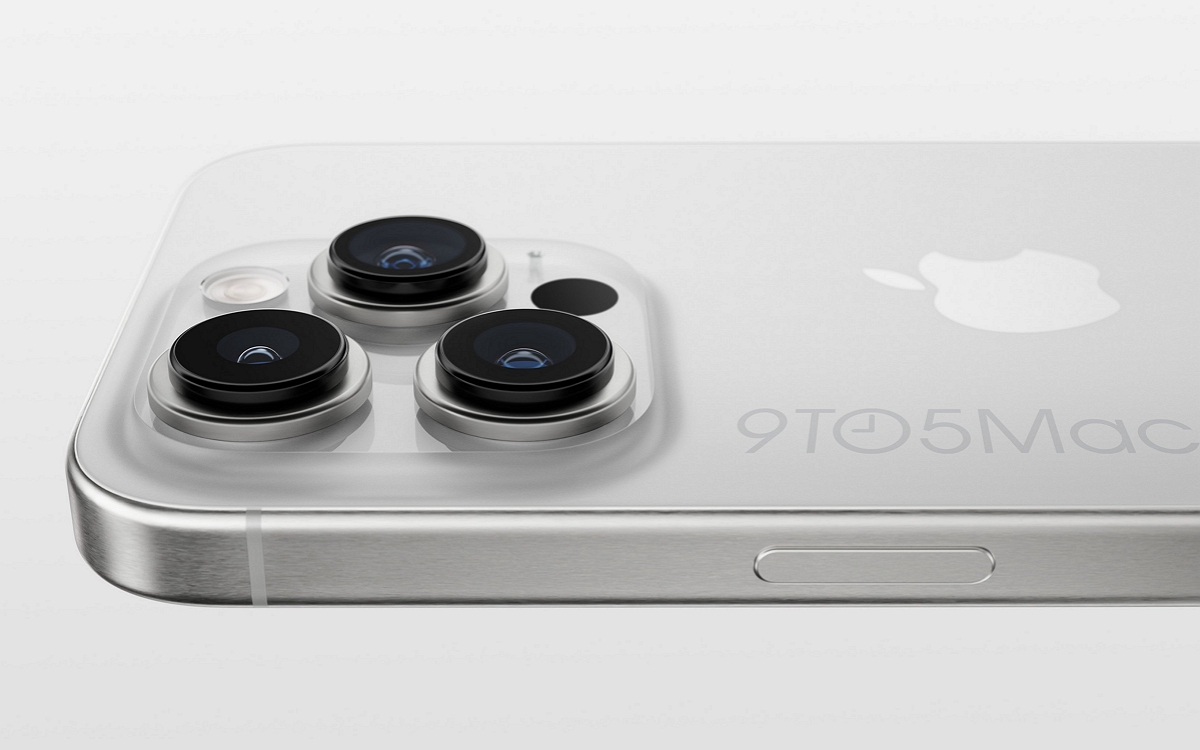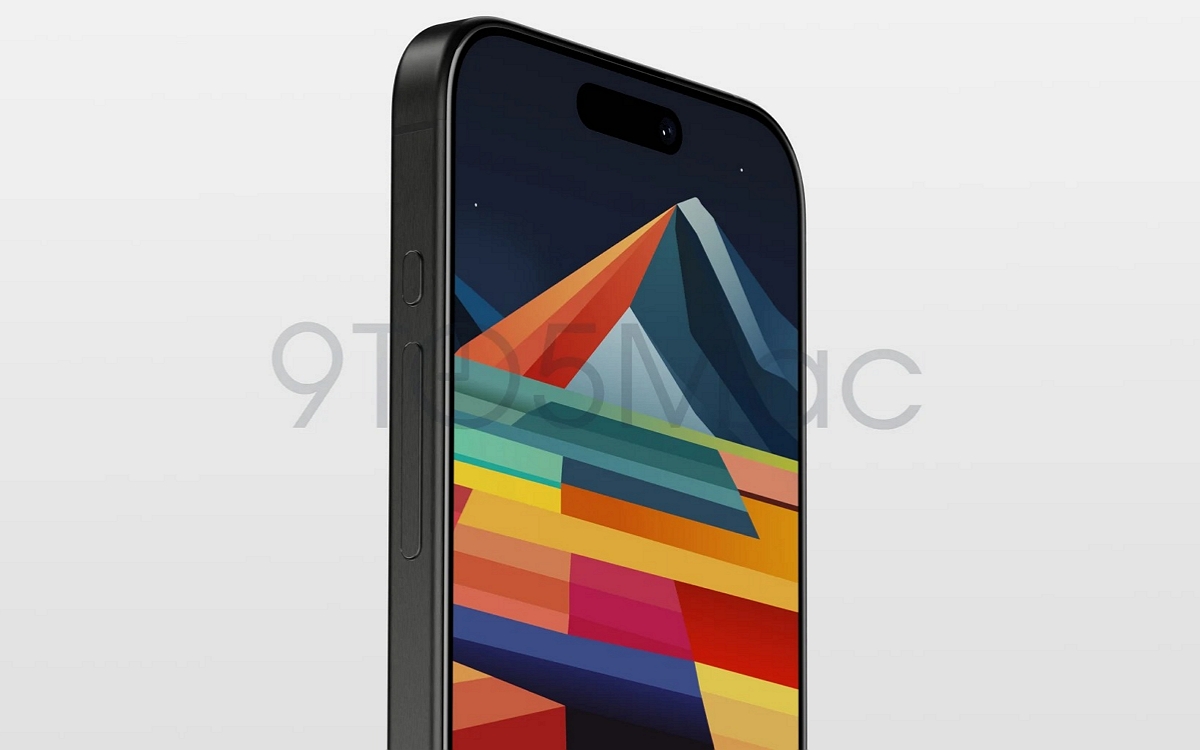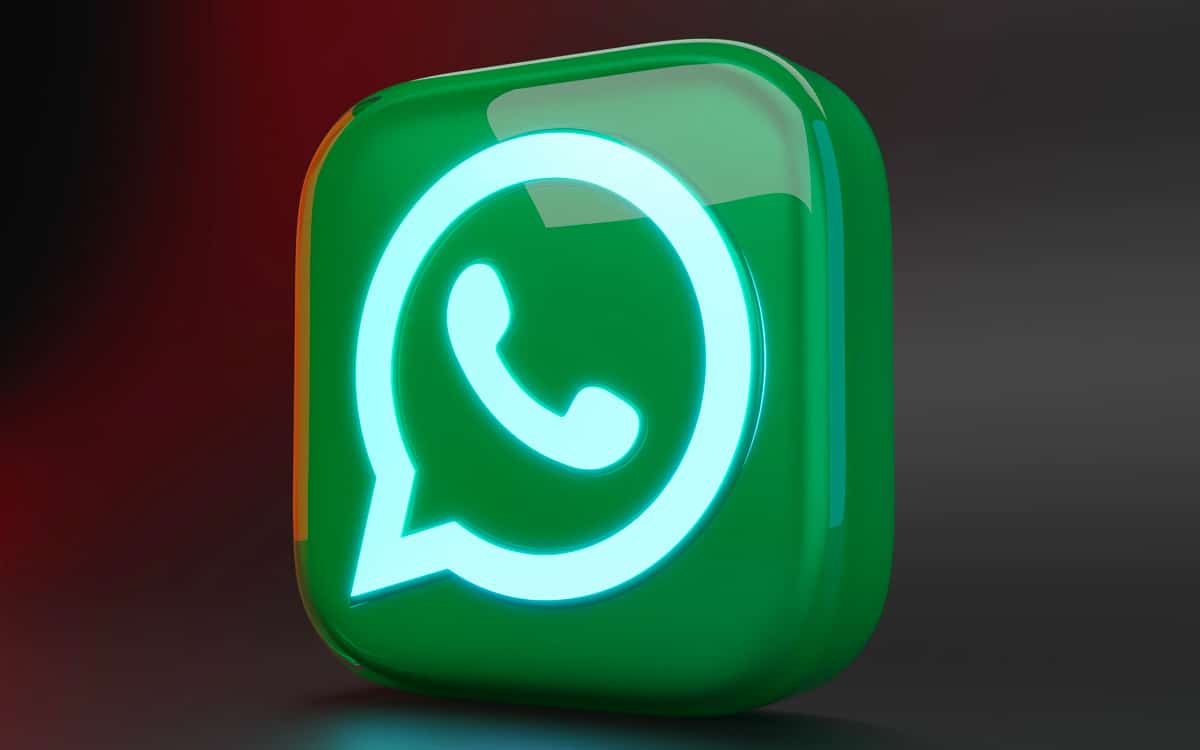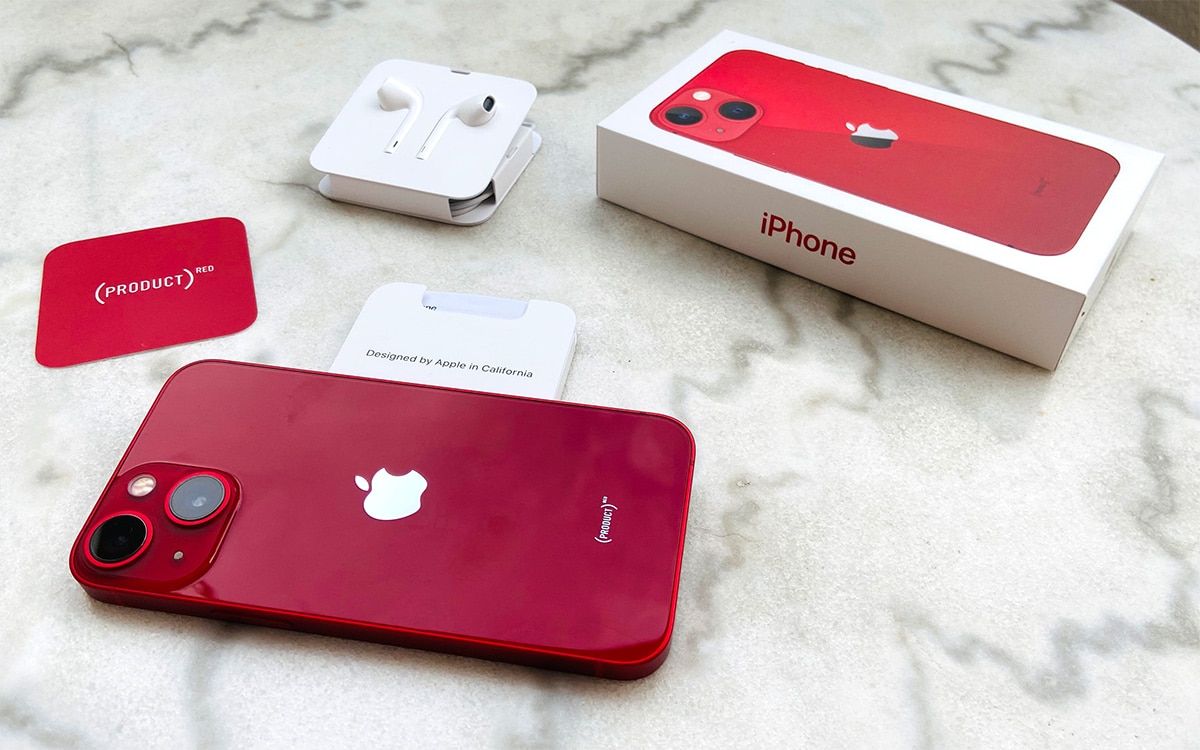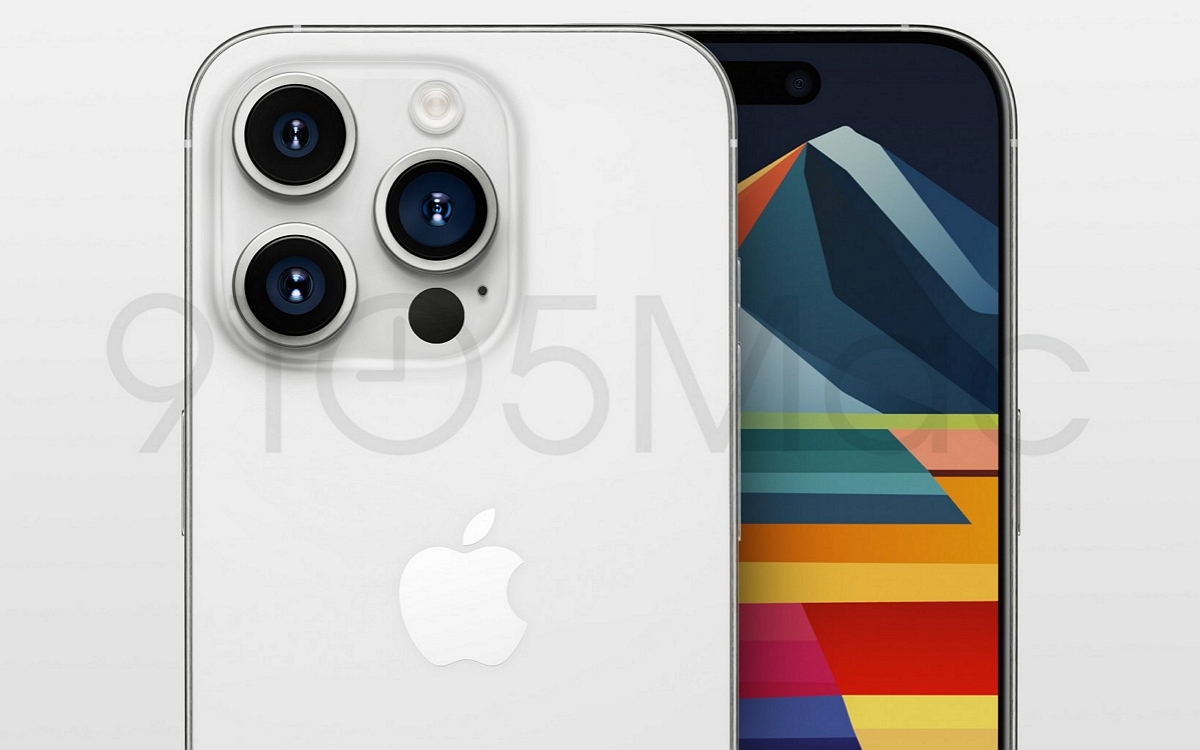
The iPhone 15s are not expected before next September, but we already know everything about the design of the smartphone. New renders have just revealed the best look at the device yet.
Almost two months ago, 9to5Mac unveiled the first 3D renderings of Apple’s future iPhone 15 Pro. These were based on the CADs of the smartphone, i.e. the design sent to the different shell manufacturers and other accessories to prepare their products ahead of launch.
Designer Ian Zelbo is back with new, even more elaborate renderings, which let us admire the iPhone 15 Pro from all angles. We notice in particular at the bottom un USB-C port, the main change on this new generation. Apple was forced by the European Union to abandon its proprietary Lightning connectors to switch to universal connectors.
The iPhone 15 Pro is revealed in pictures
Among the important changes that can be noted on this new model, we can mention the photo module at the back, which becomes ever more protruding.
Apple seems to have chosen to use ever larger sensors, but will above all equip its iPhone 15 Pro Max with a periscopic camera, a first on the iPhone. Apple will therefore finally catch up on Android smartphones, which have been using this type of sensor for years already.
Also note reducing borders all around the screen, Apple opting for an even more immersive screen. The edges of the screen will measure just 1.55mm on the iPhone 15 Pro, compared to 2.1mm on the iPhone 14 Pro.
The smartphone will have the thinnest borders on the market when it is releasedbut should quickly be overtaken by a device from Xiaomi in the following months.
Finally, we can mention brand new buttons on the edges. Rather than having access to two separate buttons to increase or decrease the volume, Apple would have chosen to use only one buttonlike on most Android smartphones.
Apple will also abandon its physical switch to mute the smartphone. From now on, this button will take the form of a capacitive “pressure” type button. The latter will probably be configurable, and will work differently depending on the pressure applied.
